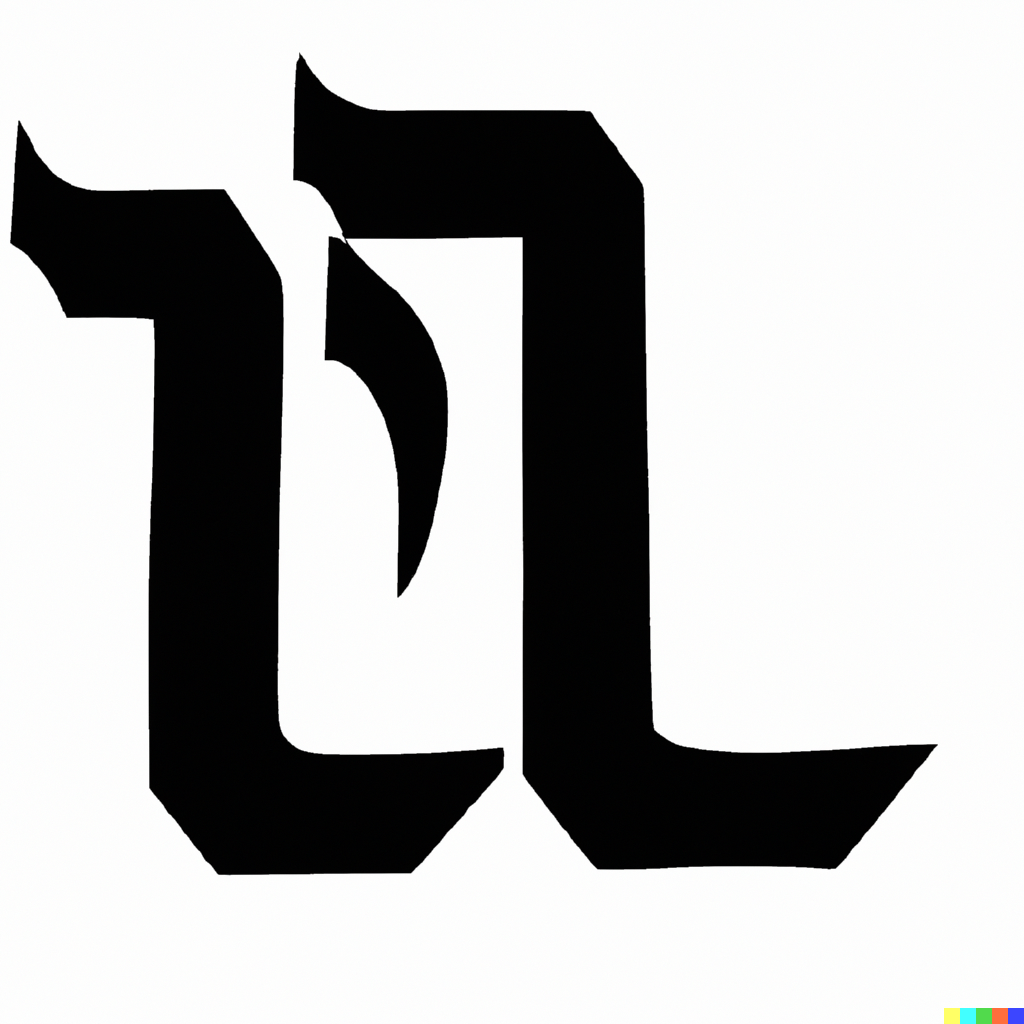Leviticus (“Vayikra”) is the third book of the Torah, Judaism’s foundational text. It contains many laws on various topics, but the book is unified by the theme of holiness in people, time, and space.
A Siddur is a prayer book. Edot HaMizrach is a prayer book according to the Sefardic rite.
The Talmud is the textual record of generations of rabbinic debate about law, philosophy, and biblical interpretation, compiled between the 3rd and 8th centuries and structured as commentary on the Mishnah. Tractate Yevamot (the plural of the word used to refer to one’s childless brother’s widow) is part of the Talmud and discusses laws and stories relating marriage and obligations to childless widows.
שְׁנֵים עָשָׂר אָלֶף זוּגִים תַּלְמִידִים הָיוּ לוֹ לְרַבִּי עֲקִיבָא מִגְּבָת עַד אַנְטִיפְרַס, וְכוּלָּן מֵתוּ בְּפֶרֶק אֶחָד, מִפְּנֵי שֶׁלֹּא נָהֲגוּ כָּבוֹד זֶה לָזֶה... תָּנָא, כּוּלָּם מֵתוּ מִפֶּסַח וְעַד עֲצֶרֶת.
Rabbi Akiva had twelve thousand pairs of students in an area of land that stretched from Gevat to Antipatris in Judea, and they all died in one period of time, because they did not treat each other with respect... It is taught that all of them died in the period from Passover until Shavuot.
The Shulchan Arukh (“Set Table”), compiled in the 16th century by Rabbi Yosef Karo, is the most widely accepted code of Jewish law ever written.
In other words, we observe mourning rituals during the rest of the Omer, but we can celebrate on Lag B'Omer.
Proverbs (“Mishlei”), the second book of the section in the Hebrew Bible called Writings, contains guidance for living a wise, moral, and righteous life, in the form of poems and short statements.
Peninei Halakhah (“Pearls of Jewish Law”) is a 21st-century presentation of practical halakhah (law), written in modern Hebrew by Rabbi Eliezer Melamed, Rosh Yeshiva and rabbi of the community of Har Bracha. The work is popular in Israel, where it is often used as the standard halakhah textbook in religious Zionist schools, and in Jewish communities throughout the world.
Bnei Yissaschar, written by Tzvi Elimelech Spira of Dinov around 1830, is one of the most important and oft-quoted of the classic Chassidic texts. It discusses mystical aspects of the Sabbath and festivals, and is arranged according to the months of the year.
Tractate Shabbat (“Sabbath”) is part of the Talmud and discusses the laws of Shabbat and Chanukah.
דְּיָתְבִי רַבִּי יְהוּדָה וְרַבִּי יוֹסֵי וְרַבִּי שִׁמְעוֹן, וְיָתֵיב יְהוּדָה בֶּן גֵּרִים גַּבַּיְיהוּ. פָּתַח רַבִּי יְהוּדָה וְאָמַר: כַּמָּה נָאִים מַעֲשֵׂיהֶן שֶׁל אוּמָּה זוֹ: תִּקְּנוּ שְׁוָוקִים, תִּקְּנוּ גְּשָׁרִים, תִּקְנוּ מֶרְחֲצָאוֹת. רַבִּי יוֹסֵי שָׁתַק. נַעֲנָה רַבִּי שִׁמְעוֹן בֶּן יוֹחַאי וְאָמַר: כׇּל מַה שֶּׁתִּקְּנוּ, לֹא תִּקְּנוּ אֶלָּא לְצוֹרֶךְ עַצְמָן. תִּקְּנוּ שְׁוָוקִין — לְהוֹשִׁיב בָּהֶן זוֹנוֹת, מֶרְחֲצָאוֹת — לְעַדֵּן בָּהֶן עַצְמָן, גְּשָׁרִים — לִיטּוֹל מֵהֶן מֶכֶס. הָלַךְ יְהוּדָה בֶּן גֵּרִים וְסִיפֵּר דִּבְרֵיהֶם, וְנִשְׁמְעוּ לַמַּלְכוּת. אָמְרוּ: יְהוּדָה שֶׁעִילָּה — יִתְעַלֶּה. יוֹסֵי שֶׁשָּׁתַק — יִגְלֶה לְצִיפּוֹרִי. שִׁמְעוֹן שֶׁגִּינָּה — יֵהָרֵג.
When Rabbi Yehuda and Rabbi Yosei and Rabbi Shimon bar Yochai were sitting, and Yehuda, son of converts, sat beside them. Rabbi Yehuda opened and said: How pleasant are the actions of this nation, the Romans, as they established marketplaces, established bridges, and established bathhouses. Rabbi Yosei was silent. Rabbi Shimon ben Yoḥai responded and said: Everything that they established, they established only for their own purposes. They established marketplaces, to place prostitutes in them; bathhouses, to pamper themselves; and bridges, to collect taxes from all who pass over them. Yehuda, son of converts, went and related their statements, and eventually they were heard by the monarchy. They ruled and said: Yehuda, who elevated the Roman regime, shall be elevated and appointed as head of the Sages. Yosei, who remained silent, shall be exiled to Tzippori. And Shimon, who denounced the government, shall be killed.
אֲזַלוּ טְשׁוֹ בִּמְעָרְתָּא. אִיתְרְחִישׁ נִיסָּא אִיבְּרִי לְהוּ חָרוּבָא וְעֵינָא דְמַיָּא, וַהֲווֹ מַשְׁלְחִי מָנַיְיהוּ וַהֲווֹ יָתְבִי עַד צַוְּארַיְיהוּ בְּחָלָא. כּוּלֵּי יוֹמָא גָּרְסִי. בְּעִידָּן צַלּוֹיֵי לָבְשִׁי מִיכַּסּוּ וּמְצַלּוּ, וַהֲדַר מַשְׁלְחִי מָנַיְיהוּ כִּי הֵיכִי דְּלָא לִיבְלוּ. אִיתִּיבוּ תְּרֵיסַר שְׁנֵי בִּמְעָרְתָּא. אֲתָא אֵלִיָּהוּ וְקָם אַפִּיתְחָא דִמְעָרְתָּא, אֲמַר: מַאן לוֹדְעֵיהּ לְבַר יוֹחַי דְּמִית קֵיסָר וּבְטִיל גְּזֵירְתֵיהּ.
They [Rabbi Shimon bar Yoḥai and his son, Rabbi Elazar] went and they hid in a cave. A miracle occurred and a carob tree was created for them as well as a spring of water. They would remove their clothes and sit covered in sand up to their necks. They would study Torah all day in that manner. At the time of prayer, they would dress, cover themselves, and pray, and they would again remove their clothes afterward so that they would not become tattered. They sat in the cave for twelve years. Elijah the Prophet came and stood at the entrance to the cave and said: Who will inform bar Yoḥai that the emperor died and his decree has been abrogated?
Jerusalem Talmud Berakhot (“Blessings”) is part of the version of the Talmud that was composed in Israel (rather than the more commonly studied Babylonian Talmud) and discusses the laws of prayers, focusing on the Shema, the Amidah, and blessings, including those recited in the context of eating.
Rabbi Moses ben Nahman, commonly known as the Ramban, wrote his famous commentary in 13th-century Spain.




